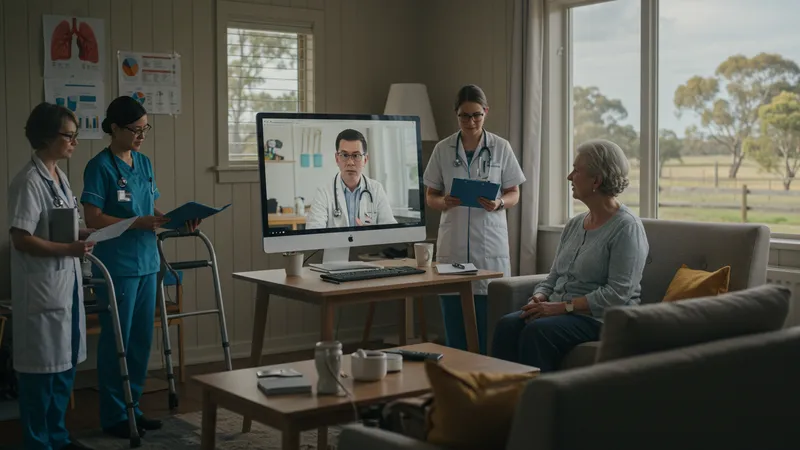
Understanding Senior Pneumonia: Risks And Care
The Changing Landscape of Senior Pneumonia Management in Australia
Recent years have witnessed considerable shifts in how pneumonia is managed among older adults in Australia. Telehealth advancements, introduced widely during the COVID-19 pandemic, are now integrated into routine care for at-risk seniors. These virtual consultations reduce the need for unnecessary clinic visits while keeping health professionals closely connected to vulnerable populations, especially in rural areas.

There is also growing recognition of the role of multidisciplinary teams. Respiratory nurses, dietitians, physiotherapists, and geriatricians collaborate for comprehensive, whole-person care—addressing nutritional needs, mobility challenges, and mental health alongside respiratory symptoms. This holistic approach is especially beneficial for seniors with complex health profiles.
Data-driven public health initiatives now leverage real-time surveillance of respiratory illness trends, allowing for targeted interventions ahead of seasonal spikes in pneumonia. These efforts, championed by both government agencies and not-for-profits, have led to more rapid information dissemination and efficient allocation of preventive resources such as vaccine clinics and outreach services.
Looking forward, the focus in Australia continues to shift toward proactive risk minimization and individualized support, reducing the broad impact of pneumonia on an aging population. By staying informed and prepared, families and caregivers can contribute to improved health outcomes for seniors, benefitting communities across the country.